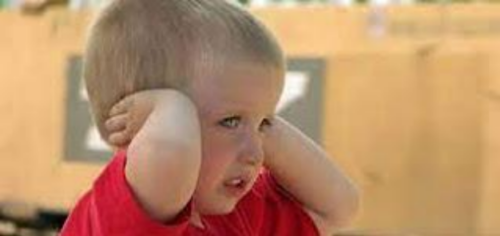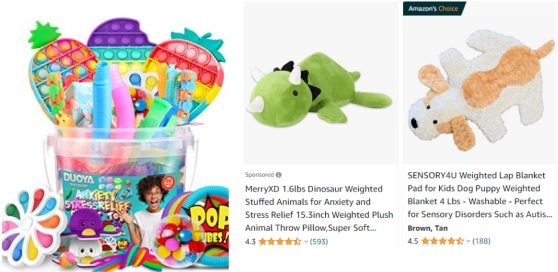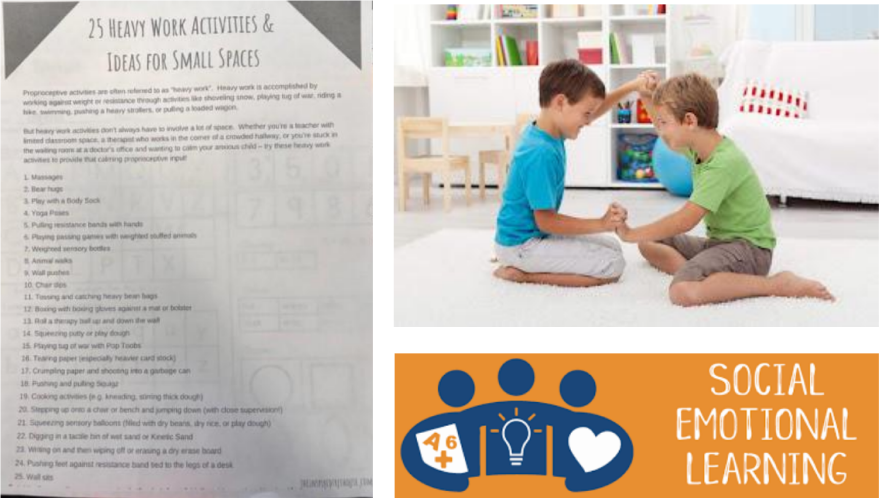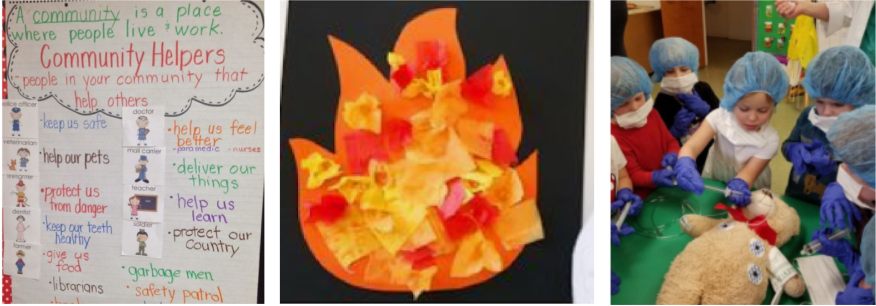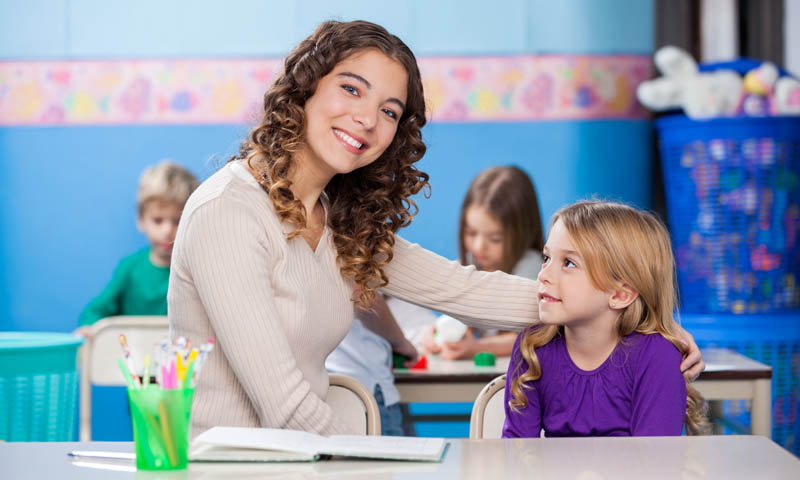Universal Design for Learning
When it comes to curriculum, the general rule of thumb is to give the students multiple opportunities of engagement; multiple means of representation; and multiple means of expression. This just means giving them lots of different ways to learn the concepts. If it’s their ABC’s, maybe they can play with magnetic ABCs, they can paint ABCs with cotton balls, they can find the letter around the room, etc… They will need direct instruction and indirect instruction, and plenty of opportunities to learn through play. Please keep in mind that the child’s IEP goals are what you are held accountable to. If the child has a fine motor as a goal, plan your activities with a fine motor perspective. Know that you can modify the activity for the child but all the students can still work on the same activity. (The end product doesn’t have to all look the same.)
It is true that there are varied learners (kinesthetic, visual, and auditory learners). But the majority of people are visual learners. All children respond well to repetition, music, and concrete, hands-on learning. Whenever you approach a thematic unit, or a concept, think about these approaches. So in the example of Community Helpers, it’s important to integrate this theme into your lessons as much as possible. So during the morning routine, you might want to consider adding some community helper songs into the Circle Time. During your ELA time, focus on a main book about community helpers and read it everyday for that week. The Art Center can be a great time to focus on an art project that represents each community helper.
Dramatic Play can be incorporated with students pretending to be different community helpers such as doctor, fireman, clerk, librarian, postal worker, etc.. They can wear different community helper outfits. It’s also important to frontload vocabulary (words that they will be using associated with the theme: uniform, badge, siren, ambulance, dentist, nurse, teacher, store clerk, etc… As a teacher, many of your community helpers would be happy to come in for a visit. You can teach your students to practice saying “Hi” to them and ask questions. ( K9 officers, Fire Dept., Police Dept., make great visitors.)
You can incorporate writing about what the students want to be. Making hats before the writing, so students get to pick their job, make the hat, and then get their picture taken with that hat, are great motivators for them to be excited about their writing too. For students with fine motor challenges, they can trace the words with highlighter, or use letter stamps. A writing example might be, “I want to be a _______ because ______.” There are different approaches to writing. Some may have the children dictate the sentence and the teacher writes it, or you can do an interactive writing approach where the child may sound out the first letter or letters of what they hear in the word.



